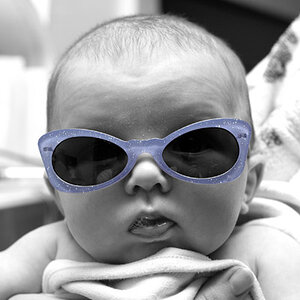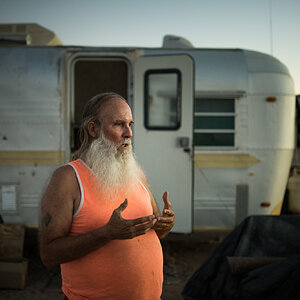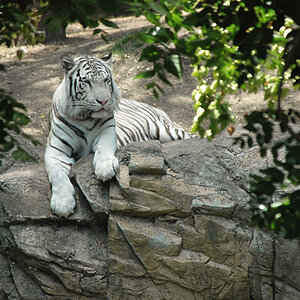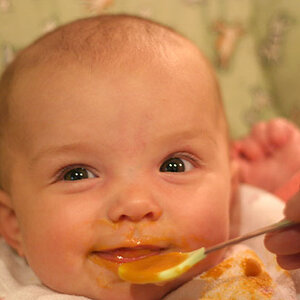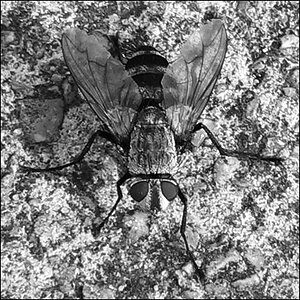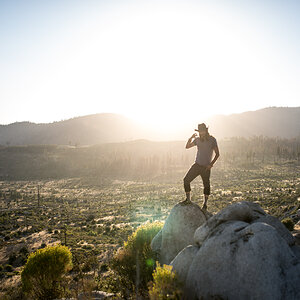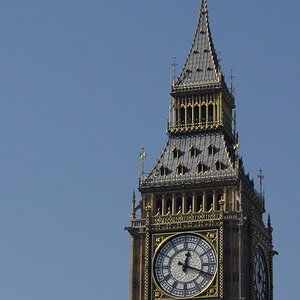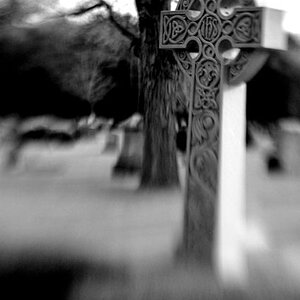- Joined
- Nov 19, 2010
- Messages
- 2,507
- Reaction score
- 440
- Location
- San Jose, CA
- Can others edit my Photos
- Photos OK to edit
I would like to get into shooting portraits of people, and essentially capturing human emotion and expression as I see it. I have seen many great portraits, a lot of which has been posted by TPF users, and yet I don't have the slightest idea as to what portrait photography entails. For instance, I can walk onto a field and I have some degree of intuition as to what will happen during the game, what types of moments I am looking for, where I should position myself, etc. With portraiture, I struggle to pre-visualize poses, expressions and composition, as well as specific technical knowledge concerning exposure, DoF and lens choice.
Any tips / help / explanation would be greatly appreciated. Also, any inspirational portrait photographers / albums on the net would be awesome!
Any tips / help / explanation would be greatly appreciated. Also, any inspirational portrait photographers / albums on the net would be awesome!


